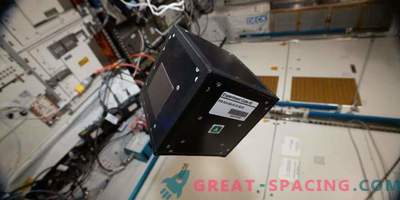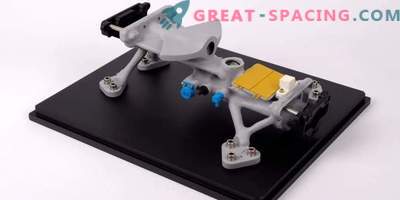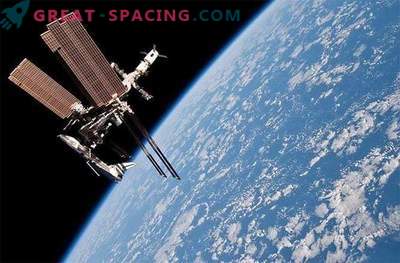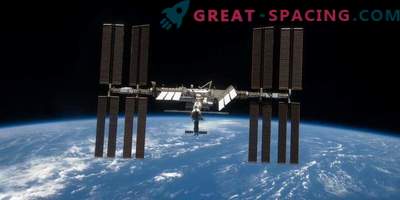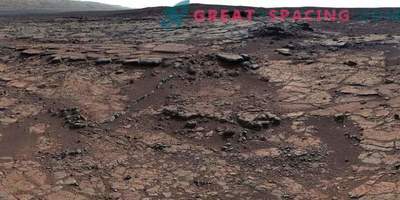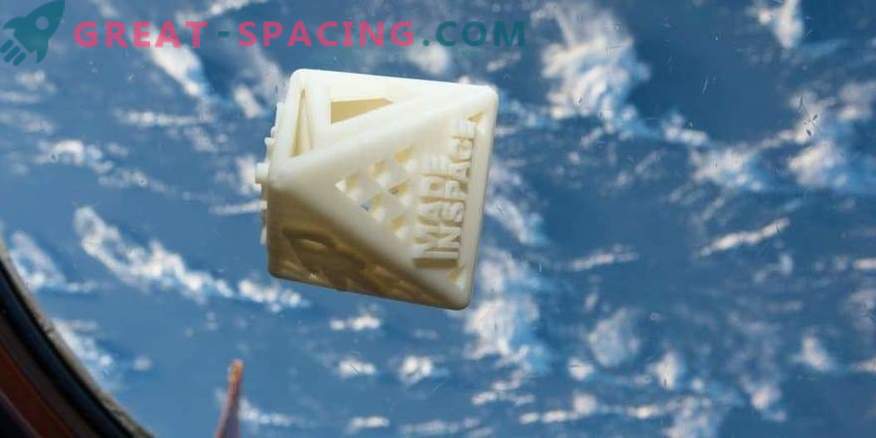
A modest 3D printed gravimeter was commissioned by a private individual and manufactured aboard the ISS. This is a significant step forward in space exploration.
Like other new technologies used in this space era, 3D printing has the potential to turn our future into something we didn’t even dare to imagine.
Being in a foreign world and producing all the most necessary things from the environment can seem like an idea from science fiction. But soon it will become quite a scientific reality.
Last week, a new 3D printing industry made a very modest, but significant step forward, producing the very first item for an individual. (The elements were printed on board the ISS before, but this is the first private mission).
The subject is a gravity meter. This device is used to give astronauts a visual signal when they leave the gravitational environment. In appearance it resembles a sectarian element and symbolizes our cosmic future. On the one hand, there is an image of Buzz Aldrin on the Moon, on the other - the Made in Space logo, representing the company that took part in the operation and built the printer, as well as the logo of the Henry Crown Fellowship program.
“This is a huge breakthrough, showing that space is much more accessible, as there is an alternative to rocket delivery,” says Jason Dunn, co-founder and chief technical officer of Made in Space, who printed the gravity meter using the Additive Manufacturing Facility (AMF) 3D printer ISS installed in 2016. Outstanding space investor and philanthropist Dylan Taylor, who worked with Made in Space on design, ordered this seal for an unknown amount.
“I wanted to create something that would symbolize our space age,” said Taylor, who plans to demonstrate this subject at the Museum of Science and Industry in April. “I hope this will positively stir up the public.” They will understand that outer space is much closer and more accessible. ”

Gravity meter during the printing process
Besides the fact that it will inspire the ordinary citizen, this is a significant step for the production of necessary objects directly in outer space.
“The first goal of AFM is to give everyone access to the space industry,” said Dunn. Funded print missions from various private sources are key to creating a new reality.
The 6-inch gravimeter is made of ABS material (acrylonitrile-butadiene-styrene), which is the same plastic in LEGO toys. The printer creates an object using an extruder to heat the polymer thread to a compliant state, and then distributes these threads to a specific location on the heated layer or plate. This is repeated again and again until a full 3D object is made.
Of course, in the conditions of microgravity, this process is much more difficult.
“The biggest challenge is adapting ground-based production capabilities to the space environment,” said Dunn. “We did it pretty well.” But there are other problems, including a remotely operating high-capacity production mechanism in orbit with a small number of crews. ” This is the first demonstration that the prerogative to produce objects for space and in space is no longer owned by governments and private companies.
Although the use of the object is more symbolic, now questions are being resolved to make this process accessible to all. “This is absolutely breakthrough technology,” says Taylor, who added that he and others are working for a space future.
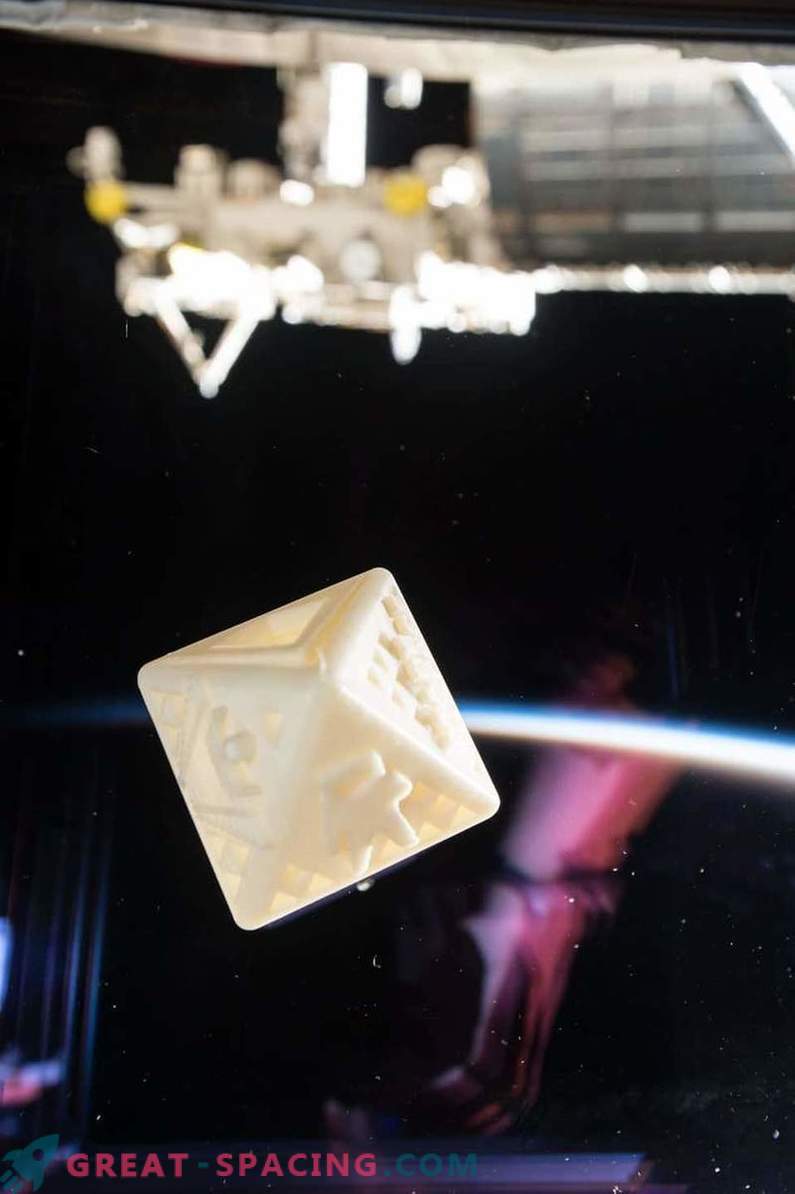
The gravimeter floats freely in the space station
For the former NASA astronaut Michael Lopez-Alegria, this is another step in the long journey to democratize access to outer space.
“It also reflects NASA’s interest in partnering with the ISS in commercializing a near-earth orbit,” he said. “Production under microgravity conditions is just one of the tasks that all enterprising companies are pursuing.”
He also added that this would allow national space agencies to focus on deep space exploration.
Made in Space plans will include a public-private partnership with NASA to develop Archinaut, a project for the production and creation of satellite arrays and next-generation spacecraft. This demonstration was only the first step towards mass production in space, which is impossible without 3D printing technology.
All this allows you to implement the most daring ideas that previously lay in the plane of fantasy. And one day it will only be a memory of those times when we made the first attempts to master deep outer space.

